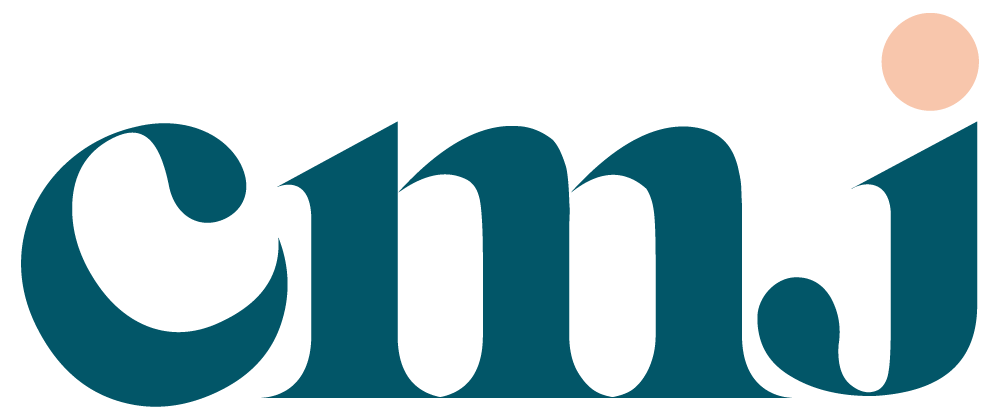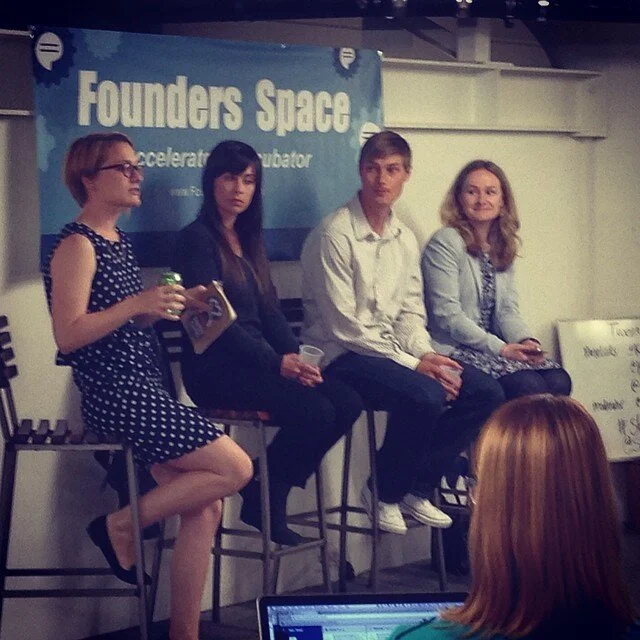30 Founder-Tested Tactics for Building Community as a Product
Photo Credit: lestaylorphoto via Compfight cc
Last week, Lucy and I hosted an SFCMGR talk at Founders Space on building community as a product. People often talk about community as marketing or as customer success, but we wanted to focus on something that went to the core of community-building; we wanted to hone in on building communities as products and building products for communities.
This is what we refer to as community-centric products, where the product is there to facilitate interaction, sharing, and meeting others, and where these connections help people build the future.
So we put together a panel of three inspiring founders to share their knowledge: Ryan Hoover of ProductHunt, Sandi MacPherson of Quibb, and Kate Kendall of The Fetch and Cloudpeeps. Each of these founders is working to build something from nothing, all while slowly and steadily connecting small groups of people that have scaled over time to much larger ones.
So whether you're a founder or a community manager or just curious about what community even means, these are three excellent people to guide you along the path to learning more about growing a community-centric product.
Thanks to the wonderful note-taking and sharing of Yury Lifshits (founder of Blended Labs) and Matthew Levene (CM at Ohmconnect), I can share 30 tactics, tips, and morsels of knowledge from these three. Buckle your seat belts, this is a long, information-packed post, folks!
Getting Started
Don't try to create a product without first observing what people already do when they communicate with one another. - Ryan Hoover
It's more important to build the community than building the product itself at first. You can do this with a simple email list, as Ryan did. - Ryan Hoover
Have coffee with a few people who you consider ideal community members. Show them mock-ups and share your ideas, but listen to theirs with open ears. - Sandi MacPherson
Begin with influencers. They will bring their networks with them. - Ryan Hoover
There is no easy way to tell who is going to be a "valuable" member until they've gotten started. So there is no one-size-fits-all outreach solution. - Sandi MacPherson
When you're getting started, you'll likely need to be the most active member of your community. Set norms and give what you want to get in return. (i.e. Sandi had a gaming fan and learned all about games because she knew he was a valuable member) - Sandi MacPherson
Focus on finding the right people and setting the tone in these early days. That is more important than growth or optimizing anything. - Kate Kendall
Create language and style guides that makes sense for your community. For instance, people "hunt" products on ProductHunt. - Ryan Hoover
Send a personal welcome email to each new user. - Ryan Hoover
Ask people to contribute early on (content, a link, feedback), so they are invested in the product's success. People want to be a part of something that they feel they have a hand in creating. - Sandi MacPherson
The "hustle" - Going from zero users to getting regular community members:
Create offline community events to connect your users. Quibb hosts picnics in the park in SF. - Sandi MacPherson
Consider pairing up two new users to be buddies or onboarding them in batches to create camaraderie and shared experiences. - Kate Kendall
Email is still the best way to contact people today. Email marketing, check-ins, and newsletters are truly key. - Ryan Hoover
If you want feedback from people leaving the community, create anonymous forms. But never expect people to be totally honest. - Sandi MacPherson
Ask current community members for recommendations of who they'd like to invite to the community. - Ryan Hoover
Don't get offended when people unsubscribe from your emails. It's nothing personal. - Kate Kendall
Transparency will drive members to support you. Sandi allowed Quibb members to help her decide her CEO salary. - Sandi MacPherson
Don't prematurely optimize anything. Even with 2,000 users, it may not be the right time to carefully monitor churn or behavior. Instead, focus on creating great connections and conversations with your first users. - Ryan Hoover
Don't get ahead of yourself with writing community guidelines. They may not be necessary until farther down the road and can appear heavy-handed. - Sandi MacPherson
Community products really only make sense for daily behaviors (Hacker News, Reddit) rather than weekly or monthly ones. So monitor how often people are using your product. - Ryan Hoover
Growing and scaling overall community health:
Consider doing regular "health checks" and removing the bottom 10% of your community. - Kate Kendall
Delight loyal community members with something nice and personal. ProductHunt has special cat stickers made for its members, just cuz. - Ryan Hoover
It is not sustainable to build the community around the founder or the community manager. You need to find a way to get the community to self-manage (topic leaders, volunteers, hiring a CloudPeep) or you'll burn out. - Kate Kendall
Supporters are not the same as evangelists. Both have a purpose, but don't confuse the two. - Kate Kendall
Don't try to start charging members for services by surprise. You should be able to find ways for people to donate to your cause or create job boards, small tasteful ads, or curated content from brands to keep you going. - Sandi, Ryan, and Kate
The best advocates for your product are usually people who are not obvious extroverts. Surprise, surprise. - Kate Kendall
When building ambassador programs to scale community growth, find your community's key motivators (but steer clear of cash). For instance, Fetch curators wanted access to conferences and other industry events. - Kate Kendall
Let your community reinforce norms for you over time. Show them a good example, and when someone shows up and doesn't adhere to established behavior, the community will step in. - Sandi MacPherson
Eventually, your community needs to be responsible for growing and maintaining the community. - Kate Kendall
Success is both a feeling and a metric. But don't set success metrics early. Communities constantly grow and evolve and will take on a life of their own. - Ryan Hoover
Please note: These are not quotations, but summations in my words. Thus, no quotation marks.


